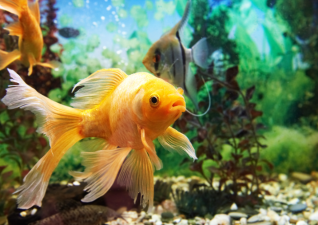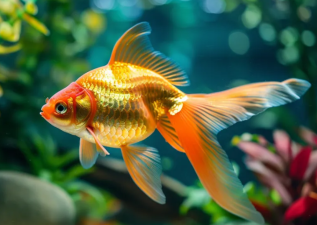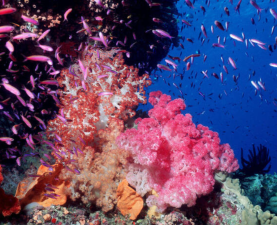Grass tank landscaping is an artistic creation based on ecological concepts, which aims to imitate the natural living environment of aquatic organisms and aquatic plants, and create a livable breeding space for fish. It not only surpasses the traditional aquarium breeding mode, but also gives the fish tank vitality and vitality, making it a small world in the hearts of viewers.
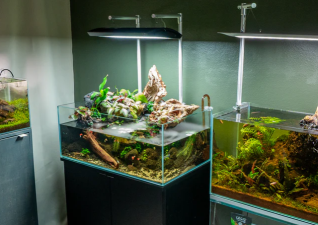
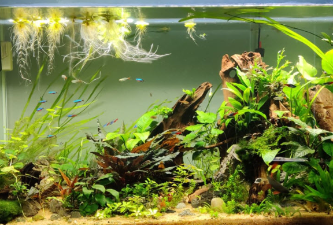
Grass tank landscaping is an artistic creation based on ecological concepts, which aims to imitate the natural living environment of aquatic organisms and aquatic plants, and create a livable breeding space for fish. It not only surpasses the traditional aquarium breeding mode, but also gives the fish tank vitality and vitality, making it a small world in the hearts of viewers.
In addition, from an aesthetic point of view, grass tank landscaping uses a combination of various materials and aquatic plants to exquisitely reproduce the natural scenery in reality, such as forests and mountain streams, and mountain streams in the fish tank. This form of artistic creation is therefore vividly described as "a small nature in the water." Unlike the past when fish tanks were only regarded as decorations, aquatic plant landscaping has now been sublimated into an art, and people's cognition and appreciation of it have also been significantly improved. Because of this, the unique charm of aquatic plant landscaping has attracted more and more enthusiasts.

Key points and steps of grass tank landscaping
◉ Equipment selection and aquatic plant categories
First, you need an aquarium. Although in theory, any transparent and watertight container, even a cup, can be used to grow water plants, it is necessary to choose a moderate aquarium considering the comfort of fish and overall beauty. For ordinary families, the height of the aquarium should not exceed 60 cm. An aquarium that is too high not only requires stronger lamps to support the growth of water plants, but also makes daily maintenance and pruning relatively difficult.
The core of the water plant landscape tank lies in the presentation of natural beauty, so the selection of natural materials is crucial. Among them, water plants, as the main body of landscaping, have a wide variety of species, such as dwarf pearls, South American water bamboo, moss and fountain pepper grass, which are all good choices. In order to create a sense of layering and three-dimensionality, it is also necessary to cleverly match hard materials such as sunken wood, pine bark stone, and Qinglong stone, and combine bottom sands such as water plant mud, ceramsite, and cosmetic sand to create a colorful bottom landscape. In addition, water quality management of the grass tank is also key, and it is necessary to pay attention to multiple indicators such as water flow, temperature, pH value and hardness. To this end, it is necessary to equip corresponding filter barrels, heating rods, thermometers and other equipment to ensure the stability and beauty of the grass tank ecology.

◉ Create a focal point for landscape design
In landscape design, the focal point is an indispensable element, which carries the designer's main expression intention. Usually, an excellent landscape work will only set one focal point, and the rest will serve as a foil to highlight the theme. If there are too many focal points, the viewer's sight will not be focused, and the unique theme of the design cannot be highlighted. In specific landscape design, the focal point can not only be presented through hard materials such as wood and stone, but also through color, landscape form, shape of aquatic plants, and size ratio. At the same time, the use of aesthetic principles such as the golden ratio can further enhance the artistic effect of landscape design.
◉ Key elements of grass tank landscaping
◉ Background construction and decoration
In grass tank landscaping, the first step is to build different backgrounds. You can choose to stick black or blue background paper, or choose other personal favorite colors, such as translucent background paper, to add characteristics to your grass tank. Next, clarify the landscape elements and carefully arrange the driftwood to create the landscape effect you want. When placing driftwood, pay attention to the density and avoid too much density. At the same time, those branches that affect the aesthetic effect should be properly trimmed to ensure that the aquatic plants can get good light.

